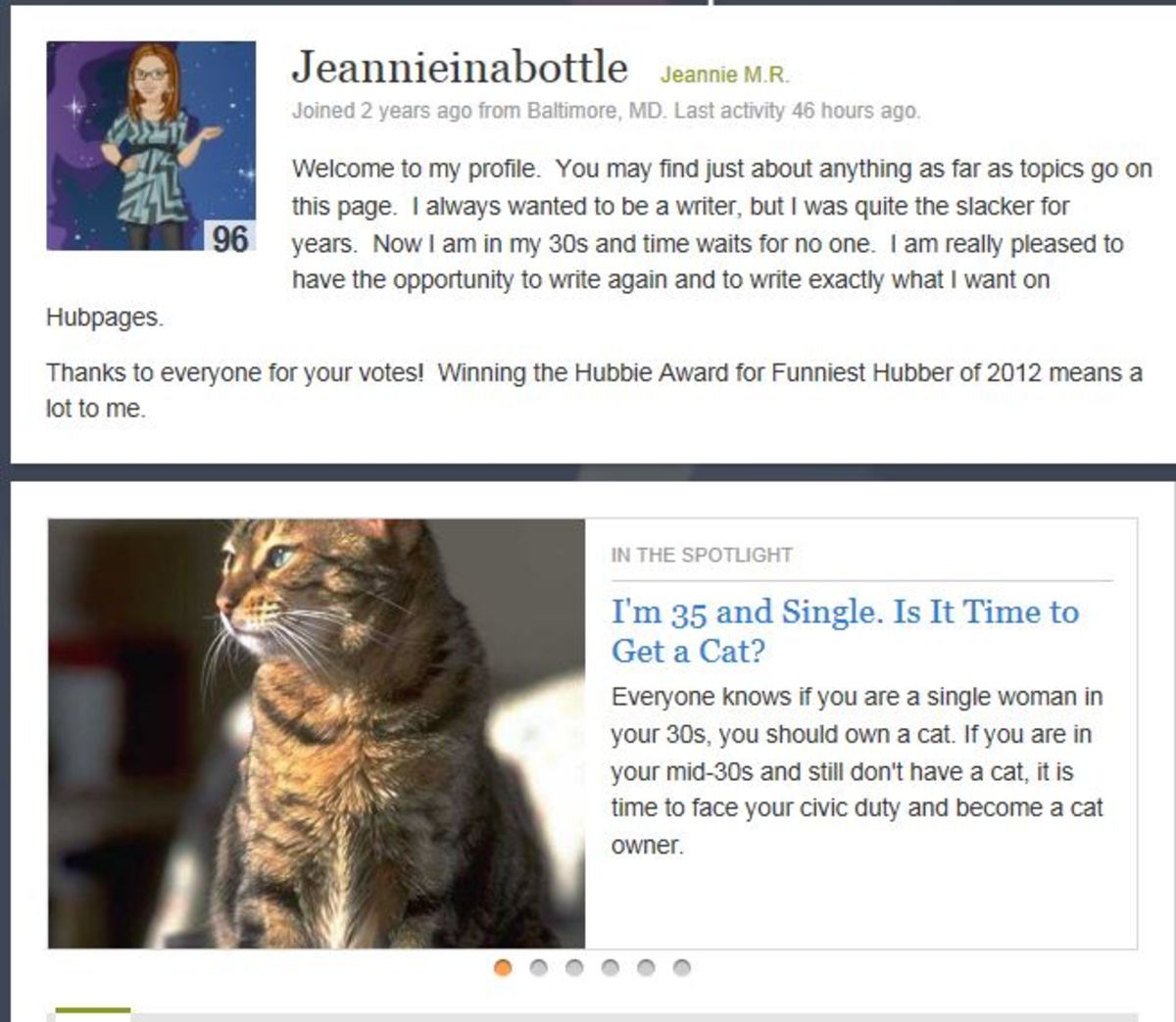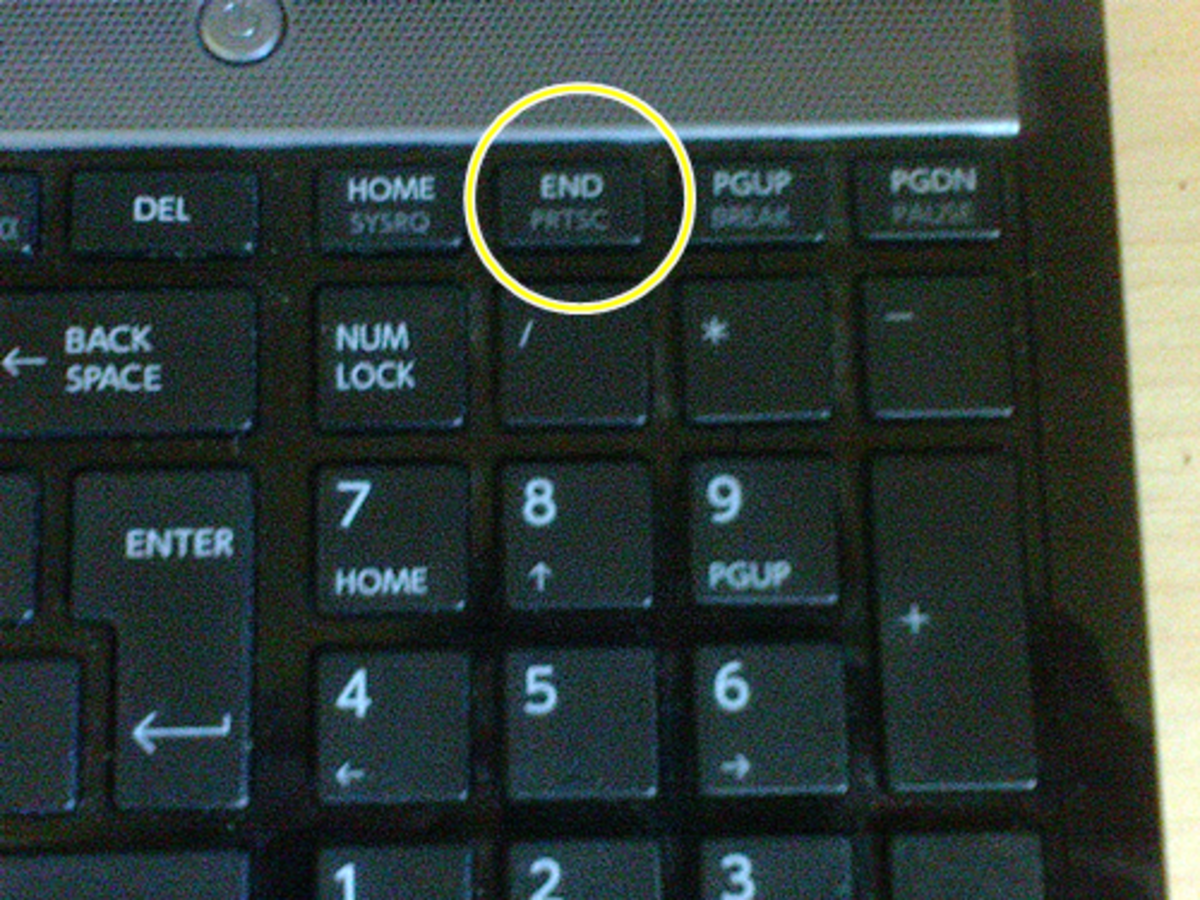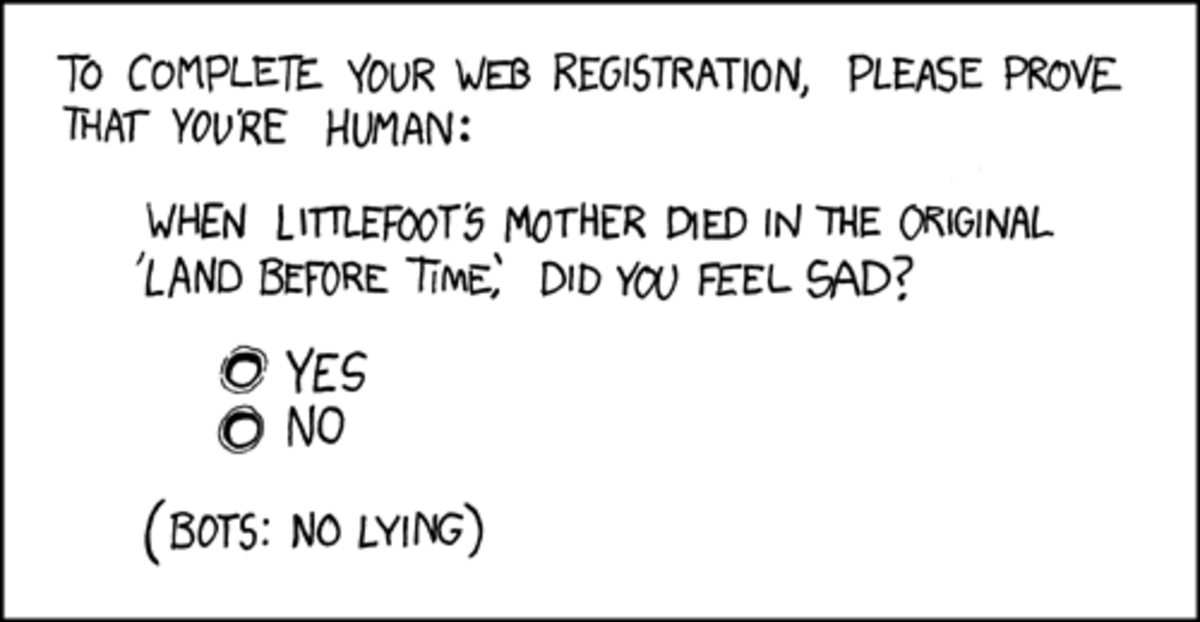How to make an avatar

What's an avatar?
An avatar (also known as an AV or an avvie) is how someone on the Internet visually portrays themselves. This may include a 3-D model for computer games, a 2-D icons on forums and other similar sites, or text constructs from older systems. An avatar may even include the personality associated with an Internet screen name.
What it entails
1. Find an image that represents you.
This can depend on the context... maybe an image symbolizing you in DeviantArt is different than one for AIM.
It's got to be able to be seen when small. A lot of avatars must be only so many pixels tall and wide. Make sure you can pack a punch with what space you can fill.
It can be a photo of you, altered or not, or it can be a drawing or digital rendering.
2. Crop if necessary.
Usually you'll have to crop the image, often into a square shape. Just use a program like Photoshop or another image editing program.
With Photoshop you have to make sure you crop the area you want (the whole thing or only a portion of an image) into a perfect square. That could mean using the Crop tool or making a square with the shape tool and cropping around that (which is more work but then you can get a perfect square by using the SHIFT key to keep the lines to shape). Then go up to Image -> Resize.
An even easier way is starting with a blank document; then you can make it any size you want. Copy and paste the image into that so that you don't have to mess with the Crop tool. But make sure you shrink the original image before you copy and paste or else you'll end up with a blur that's a portion of the image after pasting.
3. Save.
4. Upload.

In computer games
The word "avatar" meaning a digital representation of someone began as early as 1985, when it was used as the character name in the Ultima computer game series. Becoming the "avatar" was the goal of the fourth game in the series. In subsequent games, the player was the avatar and the "avatar" was his or her screen character, which could be personalized. The term was later used in the late 80's games Shadowrun and Habitat. ater games assumed that you were the avatar and "avatar" was the player's visual on-screen in-game persona. The on-screen representation could be customized in appearance. Later, the term "avatar" was used by the designers of the role-playing game Shadowrun (1989), as well as in the online role-playing game Habitat (1987).
On Internet forums
No one really knows when avatars were first used in Internet forums, where they serve as representations of a user, his or her status and actions. Traditionally, avatars in forums are smaller and square for consistency, and near the heading of posts and profiles. Sometimes users can choose from available avatars or upload one of their own design. In some avatar systems, users can customize an avatar that is a human- or animal-like figure.
In instant messaging programs
AOL Instant Messenger (AIM) used avatars before other more popular instant messengers jumped on the bandwagon. They're very small in these cases, as people don't really notice the avatars unless they are particularly eye-catching. I don't really pay attention to those of others on AIM.
In blogs
I do pay attention to blog avatars.
There are different ways to support avatars on blogs. A "gravatar" is an avatar from a central server that is linked to a user's e-mail address. The server moderates the gravatars for decency and other factors.
"Pavatars" are tags in a website's HTML that links to an image file.
"Favatars" use favicon files (which can be customized) on a user-controlled server. Both these and pavatars are not moderated.
In games
In video games, avatars are definitely used to represent that gamer to other players. They can be customized or fixed, or added upon as a gamer progresses through the game (with clothing, weapons, and more). The representation of the gamer's character may also be shaped by what they say and do and not just physical appearance, such as in the "cut scenes" of a game where you don't have control and it's like a movie.

In non-gaming scenarios
Any other time, avatars are 2- or 3-D representations, human or not, real or not, that can explore, communicate, and be customized. They can make interacting more interesting and fun by personalizing their experience.
Avatars serve different purposes and work under certain requirements, depending on who is using them. Younger users want their avatars for more entertaining and fun purposes, and respond better to more simple features. They also want their avatars to resemble them less, if not to retain anonymity. Meanwhile, older users prefer their avatars to more accurately represent them in reality. They want to experience the full range of options and capabilities of the avatar. The target audience of avatars recently has been those of ages 22-49, for social functions. Different avatar systems catering to certain ages of users make sure that they have options and features they can use their avatars how they want.
In an interesting study, researcher Lisa Nakamura and others have found that when an avatar can be customized, the options are ofen biased to those with ligther skin color rather than darker minorities.

![Adobe Photoshop Elements 2018 [Old Version]](https://m.media-amazon.com/images/I/51AQ4wl7eOL._SL160_.jpg)







